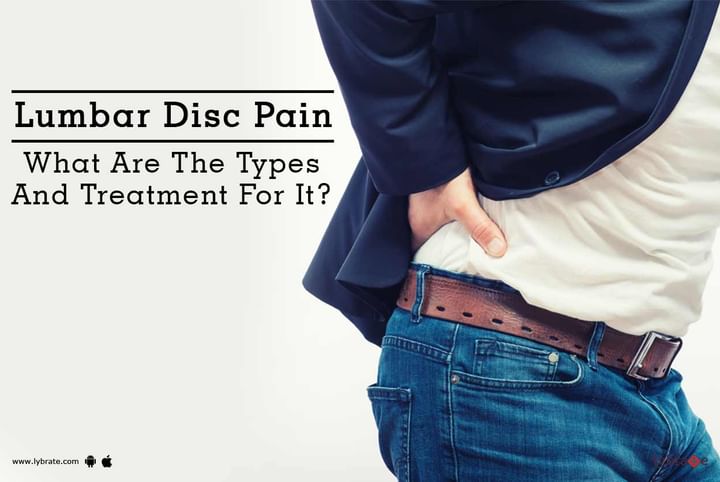Get the App
For Doctors
Login/Sign-up
Last Updated: Oct 28, 2021
BookMark
Report
Lumbar Disc Pain - What Are The Types And Treatment For It?
Dr. Gautam R PrasadSpine and Pain Specialist • 22 Years Exp.MBBS, MS - Orthopaedics, Fellow In Spine Surgery
There are many structures in the lumbar spine that can cause pain. Any kind of trouble to the nerves and veins that goes through the spine, joint issues, the disks themselves, the bones and the muscles - would all be able to act as a cause behind the pain.
Numerous lumbar spine conditions are interrelated. For instance, an unstable joint can lead to disk degeneration, which can put weight on the nerve roots and cause the disk to collapse at times. The following are the main reasons behind the lumbar disk pain:
- Problems in the muscles: The biggest reason behind lumbar disk pain is muscle strain or other muscle issues. Strain because of truly difficult work, twisting, or different activities that can put pressure on your spine like heavy lifting, cause the disk to rupture or slip at times.
- Disk degeneration: Intervertebral disks are pads that are spongy and act as shock absorbers. This can cause pain in your disk. This condition can be referred to with many names, however, is famously known as degenerative disk disease.
- Lumbar Disk Herniation: Herniated disks are most common reasons behind the lumbar disk pain. A herniated disk may be caused all of a sudden because of damage to the spine or truly difficult work or happen gradually as a form of general wear and tear in the spine. Leg pain (sciatica) is the most widely recognized symptom of a herniated disk.
- Sacroiliac Joint Dysfunction: The sacroiliac joint, which attaches to the base of the lumbar spine and the tip of the tailbone, can cause lumbar disk pain or even sciatic pain if there is any kind of fracture in the joint that allows for movement or rather, limits any particular movement.
- Spondylolisthesis: Spondylolisthesis happens when one vertebra slips behind the other or underneath it. The slip most normally happens in the lower lumbar vertebrae (e.g. L4 –L5 or L5 – S1). In case that the slipped vertebra presses the nerve root at that point, it can bring about shooting leg pain and gradually foot pain as well.
There are certain ways in which this problem can be treated to a certain extent. These methods are as follows:
- Common medications: Muscle relaxants. This solution works as an anti-depressant of the nervous system and expands as well as relaxes the tense muscles, easing pain from muscle stiffness or fits
- Back supports: A few patients find that a back support can be used to bring comfort and gradually diminish the pain. There is some proof that using a brace every day, can speed up the healing process and lessen the pain. A back support may likewise be useful after back surgery.
- Back Braces: Epidural steroid infusion. This infusion includes a steroid inserted specifically into the external piece of the dural sac, which surrounds the spinal chord. An x-ray, called fluoroscopy, is utilized to control the needle in the right area. The objective of the infusion is to soothe the pain by decreasing irritation around a compressed nerve root. If you wish to discuss about any specific problem, you can consult an Orthopedist.
In case you have a concern or query you can always consult a specialist & get answers to your questions!



+1.svg)
